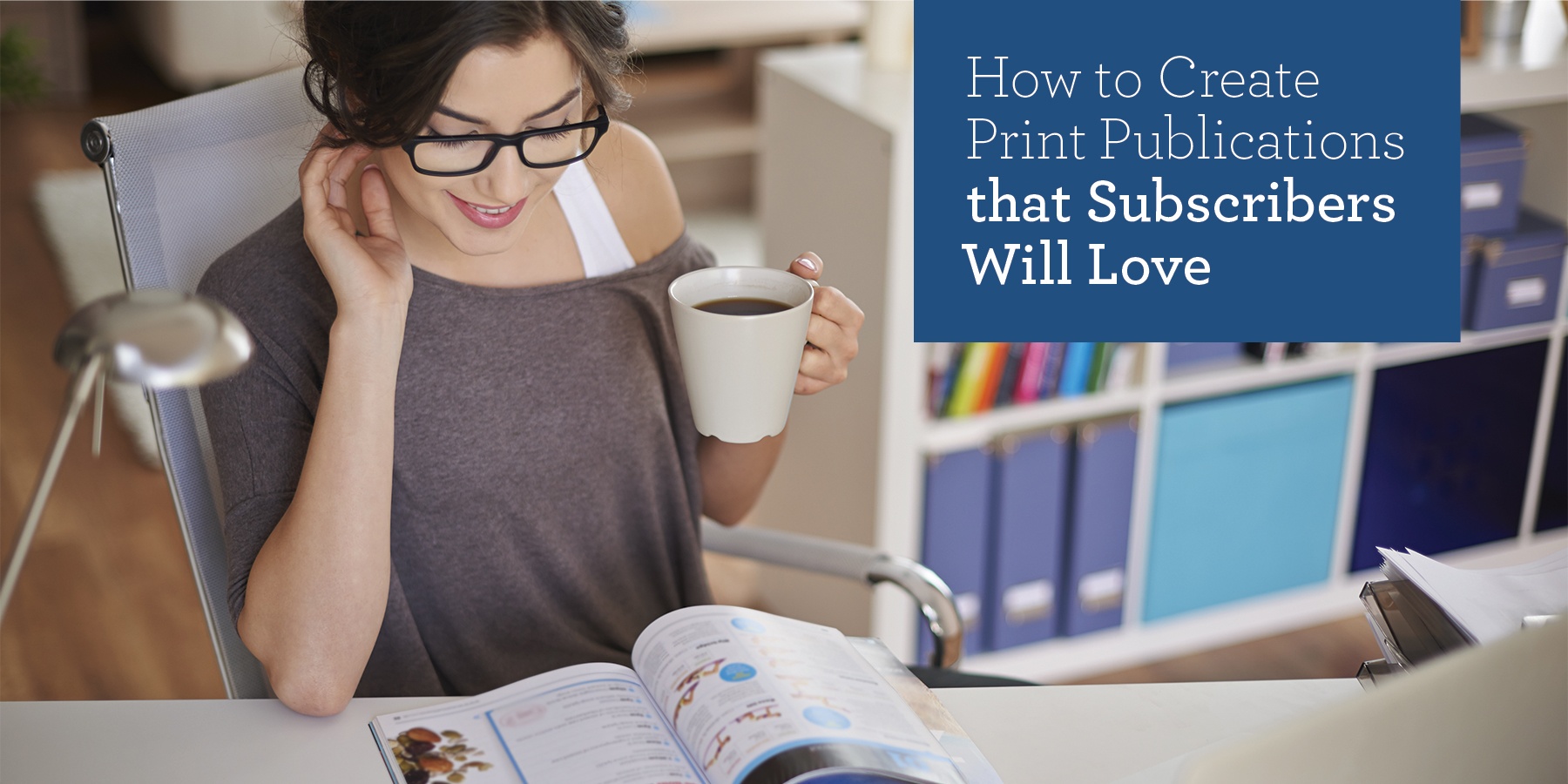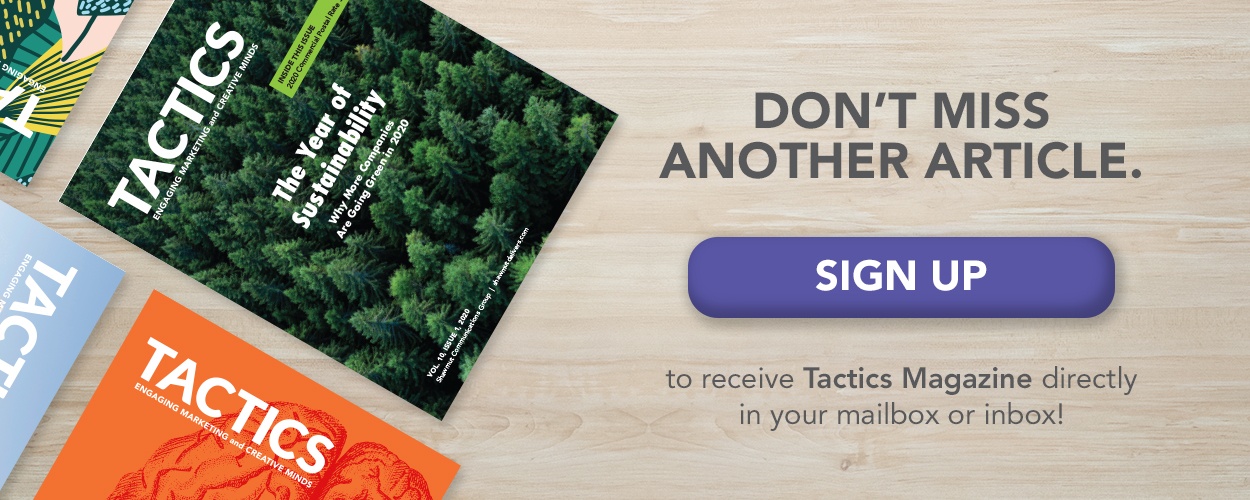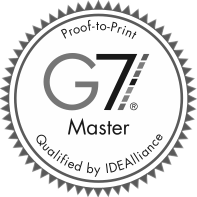According to the Content Marketing Institute, 82% of B2B companies send email marketing newsletters and open rates range from 15% to 25%. On the other hand, only 22% of B2B organizations use print publications, and 80% of subscribers say they read them regularly.
The takeaway: print publications offer a huge opportunity for brands to stand out and share their story.
We get it, sending an email newsletter seems easier and less expensive. But if the vast majority of your audience never even opens your message, is it really worth sending? How much further could you move the needle if you developed a print publication that subscribers look forward to getting and actually read?
According to Dan S. Kennedy and Kim Walsh-Phillips, co-authors of the book No B.S. Guide to Direct Response Social Media Marketing, print publications not only work, they offer a greater return on investment. Here’s an excerpt from the book citing Dan’s own experience with
printed customer newsletters:
My business empire has been built with print newsletters as its foundation and a centerpiece around which everything else orbits. Well over 50% of my high-value private clients rise up out of the newsletter subscriber base—it would cost me a fortune to find them otherwise. You might judge my business “unique,” however my model has inspired literally thousands of people in a wide range of consumer and B2B categories to aggressively invest in their own print newsletters for their customers, clients, patients, or donors—and all report significant improvements in retention, ascension, frequency of purchase or patronage, and referrals. Many are in their third, fifth, seventh, 10th, and even 20th year of continuous use of their own print newsletters, and wouldn’t stop their use of this “dead media” under any circumstance.
Think about that. Authors of a book about social media strategy arguing for the use of print publications!
But starting your own print publication, such as a customer newsletter or magazine, can seem like an overwhelming task. The good news is that if you’re already sending an email newsletter (which, according to the data most brands are) you’ve done most of the work. Many of the same principles and rules for email newsletters apply to print publications, but here are a few guidelines to get you started.
Don’t Try to Sell
The primary focus of any printed publication should be to engage subscribers and build relationships, not to sell products and services. Your newsletter or magazine should be designed to benefit the customer, not your company. In each issue, provide them with 1 or 2 valuable tips they can apply in their personal or professional life.

“When you provide readers with information that directly benefits them, they’ll remember and appreciate your brand,” says Michelle Cardin, Marketing Director for Shawmut Communications Group. “It’s a fantastic way to build relationships with subscribers, just remember that this process takes time. It’s a lot like dating and you can’t expect a full commitment overnight.”
Ask for Input
One of the best ways to engage your audience is to include them! Make them a part of the conversation by asking for their input and the types of stories they want to read in each issue. You can conduct customer interviews and write opinion articles that feature their input.
“Unlike email marketing and company blogs which are typically authored by employees, a print magazine is great place to highlight your customers,” adds Cardin. “Once you’ve identified topics that can help educate your broader subscriber base, find an existing customer who is knowledgeable in that area and interview them. Chances are they’ll want to participate and will love seeing their name in print.”
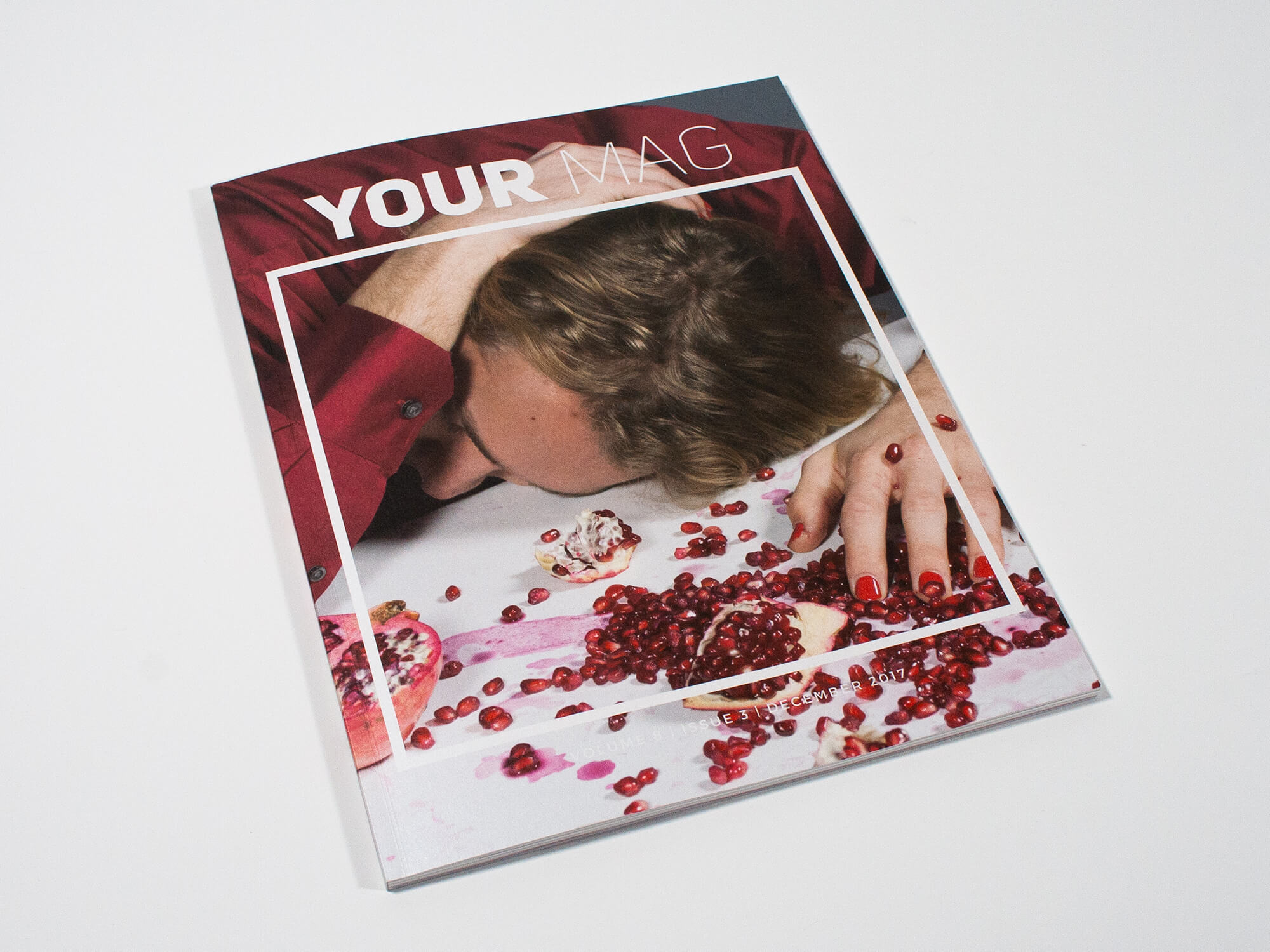 Your Magazine is published three times per year by a student team of designers, writers, and photographers from Emerson College. See what made this issue unique.
Your Magazine is published three times per year by a student team of designers, writers, and photographers from Emerson College. See what made this issue unique.
Publish Consistently
You already know how important it is to send email marketing on a regular basis, and the same rings true for printed publications. If you’re providing value for subscribers in each issue and you’ve begun to build a solid relationship, don’t let them down by skipping an issue or delivering late. Whether you publish weekly, monthly, quarterly, or yearly, make sure you meet your readers’ expectations by delivering on-time and on a consistent schedule.
Design is Crucial
Design can be one of the most time-consuming components of print publications, but it is also one of the most critical. In print, first impressions count more than ever and it’s important to create a publication design that will grab readers attention and make it easy for them to consume.
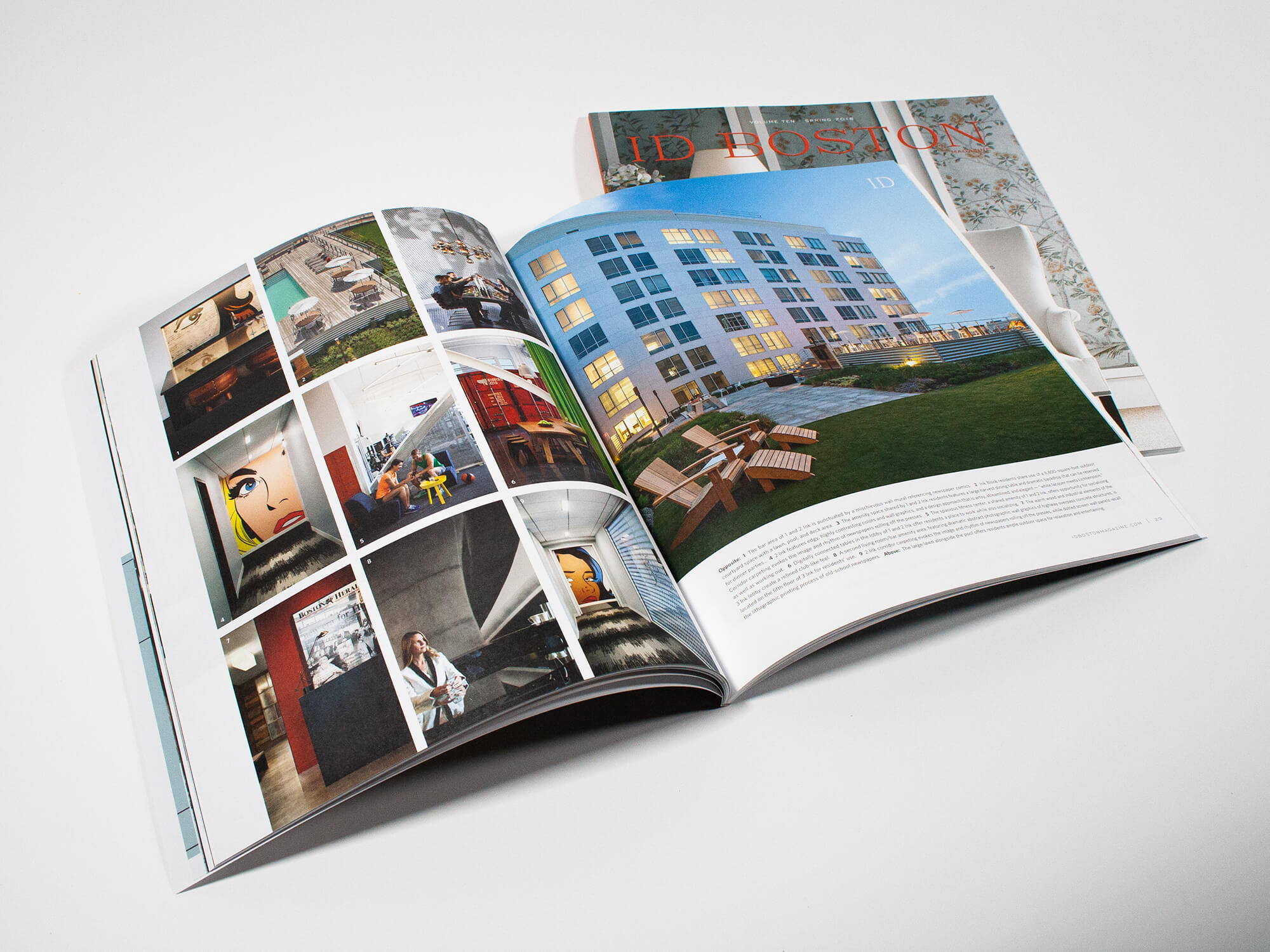 This perfect bound magazine for ID Boston is one readers look forward to issue after issue. View this project.
This perfect bound magazine for ID Boston is one readers look forward to issue after issue. View this project.
The first thing you’ll want to do is establish a publication template that is consistent with your organization’s brand. Using the same general layout and format for each issue will make the design process much more efficient and will create some continuity for your readers. Within each issue, make sure you break up your text with appropriate headlines, sub-heads, block quotes, columns, and images. This will add visual interest and help readers quickly scan articles for the information that’s most relevant to them.
Use Print to Your Advantage
The beauty of print publications is that they are tangible. Use that to your advantage by inspiring and engaging your audience with texture and color that they simply can’t get from an email or social media post. A unique paper stock or special print effect like coatings and die-cuts can be used to grab a reader’s attention before they even begin to read your publication.
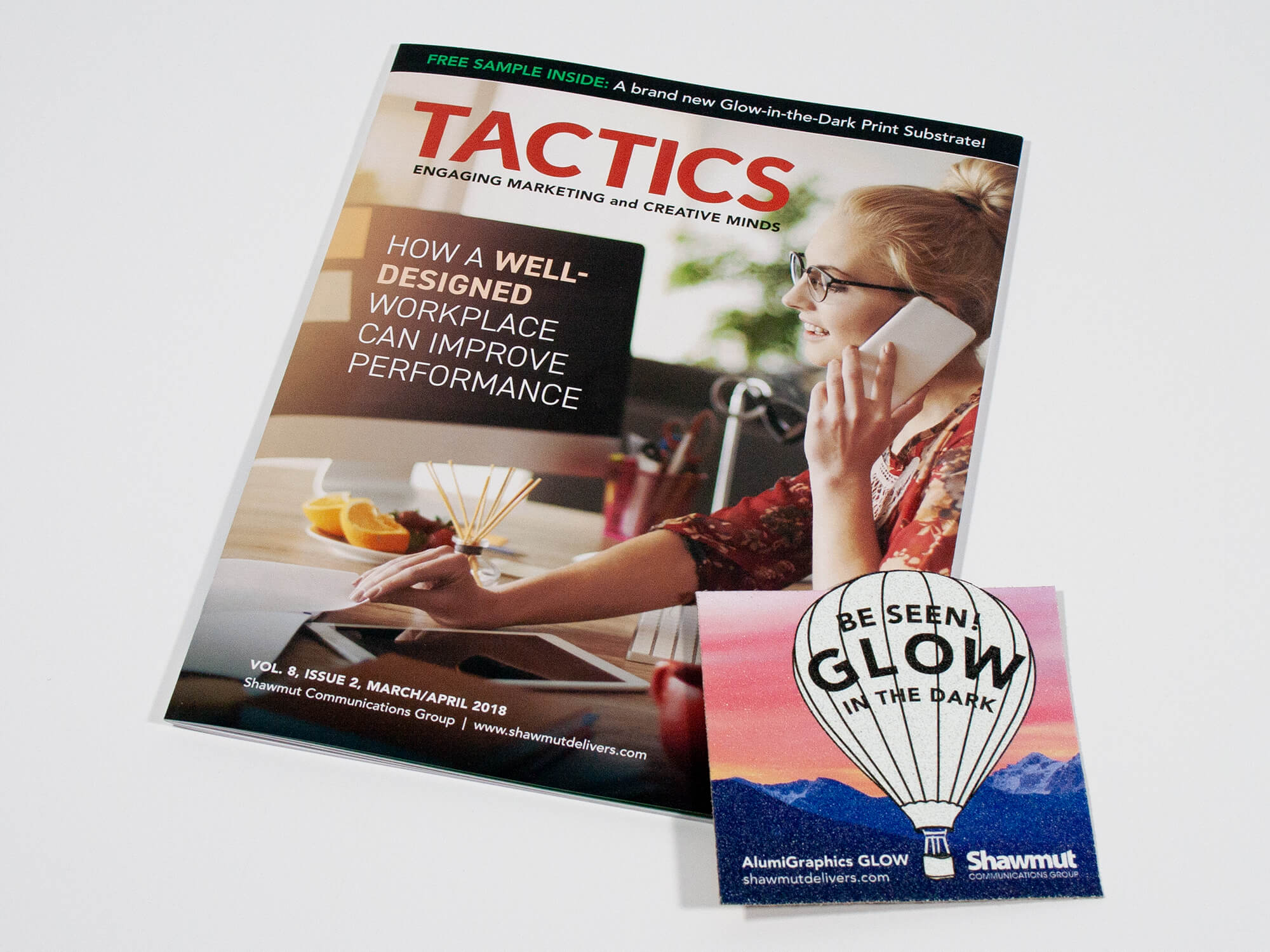 In Volume 8, Issue 2 of Tactics Magazine we included a sample of AlumiGraphics GLOW, a unique glow-in-the-dark substrate. Learn more it!
In Volume 8, Issue 2 of Tactics Magazine we included a sample of AlumiGraphics GLOW, a unique glow-in-the-dark substrate. Learn more it!
Consider changing the size of your publication. With print, you’re not limited to the size of a phone screen, which is where most email newsletters are consumed. You have the freedom to explore any size, orientation, format or fold depending on the overall length of your content.
Creating a well-designed and well-written print publication is not easy, but the benefits are well worth the effort. These days, just about anyone can send out an email newsletter or communicate with customers on social media. A print publication shows subscribers that you’re invested and what you’re saying is important. It also gives subscribers an opportunity to “unplug” and hang onto your publication for future reference, giving it a much longer shelf life and ROI than an email newsletter. If your content and design are done well, they’ll remember your publication—and you might be the only company in your space sending one!
This article first appeared in Tactics Magazine, Volume 8, Issue 4.

